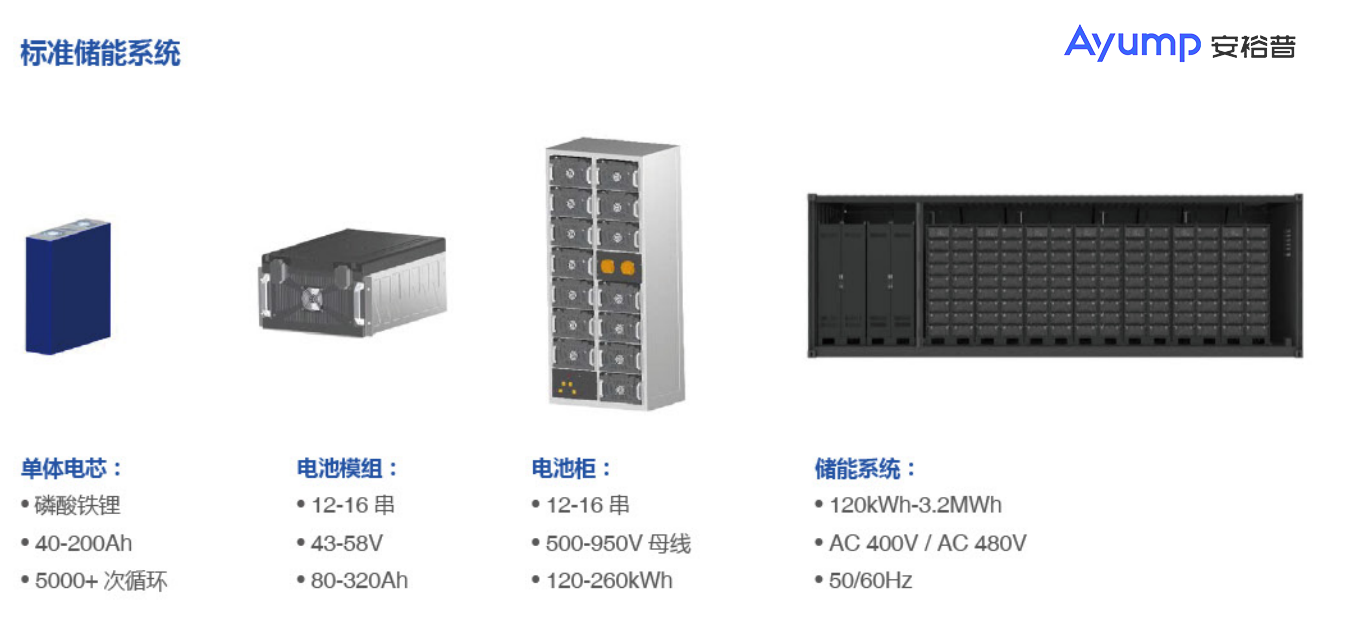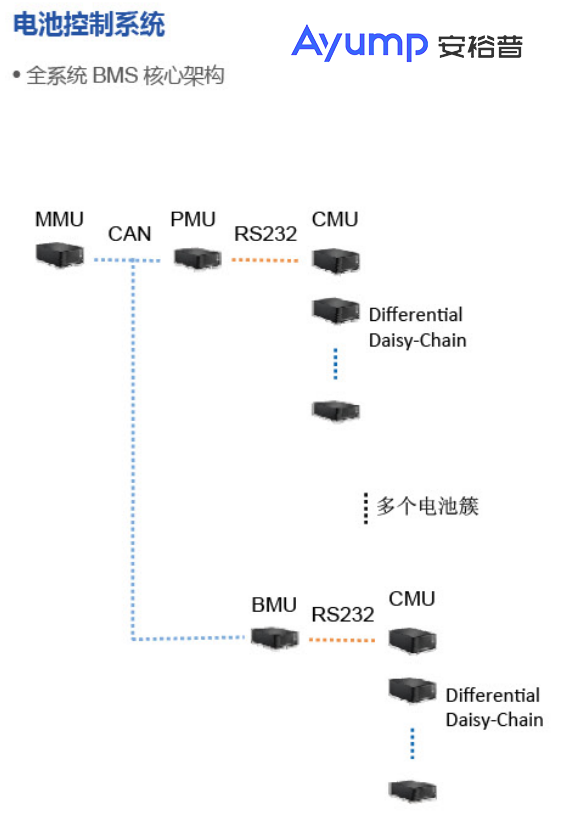Mobile energy storage systems have been widely used in fields such as power system transmission and distribution due to their outstanding flexibility and convenience. Compared to traditional fixed energy storage power plants, the modular design of the container energy storage system adopts internationally standardized container sizes, allowing for ocean and road transportation, and can be lifted by overhead cranes. It has strong mobility and is not limited by geography. In addition, the container energy storage system can be factory produced and directly assembled and debugged in the workshop, greatly saving construction and operation costs, and achieving accident isolation. I believe that with the continuous breakthroughs in battery body technology, the energy density of mobile energy storage systems will further increase, and the cost will also significantly decrease. The practical value of mobile energy storage systems will continue to be reflected, and their application scope will continue to expand. In the future, they will become an important carrier for promoting energy production and consumption revolution, and have development prospects in the energy internet.
BMS core functions
·CMU
-Collect the voltage and temperature of all single cells in the battery pack
-Perform voltage management for all single cell batteries in the battery pack through active/passive balancing - bidirectional 5A active balancing, 0.1A passive balancing
·PMU
-Collect information on all cells within a single battery cluster, including voltage, current, temperature - calculate battery SoC, SoH, SoF, SoP
-Active/passive balancing strategy for all cells in a single battery cluster - battery cluster main contactor control, pre charging contactor control - single battery cluster thermal management
-Single battery cluster insulation monitoring - battery protection
·MMU
-Collect all battery cluster information and upload it to the local SCADA system - automatic control of battery cluster access
-Monitoring DC bus voltage, current, insulation information - system logs and diagnostic functions
-Charging and discharging strategy control - System startup strategy - System available time model
-System auxiliary facility monitoring





















 Scan to add WeChat
Scan to add WeChat